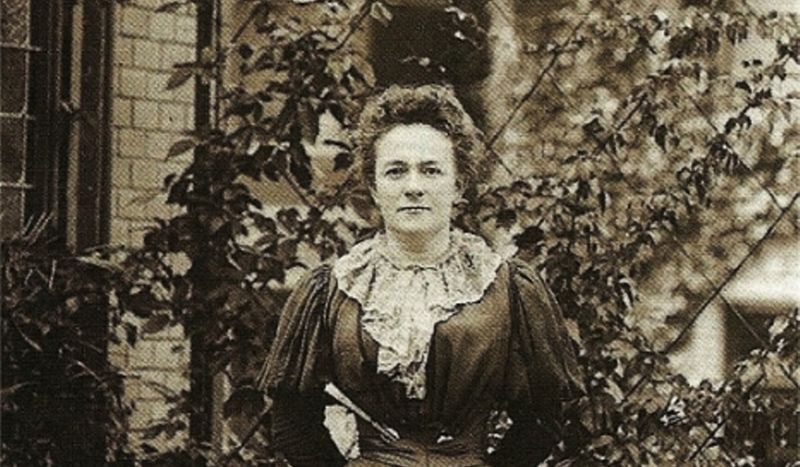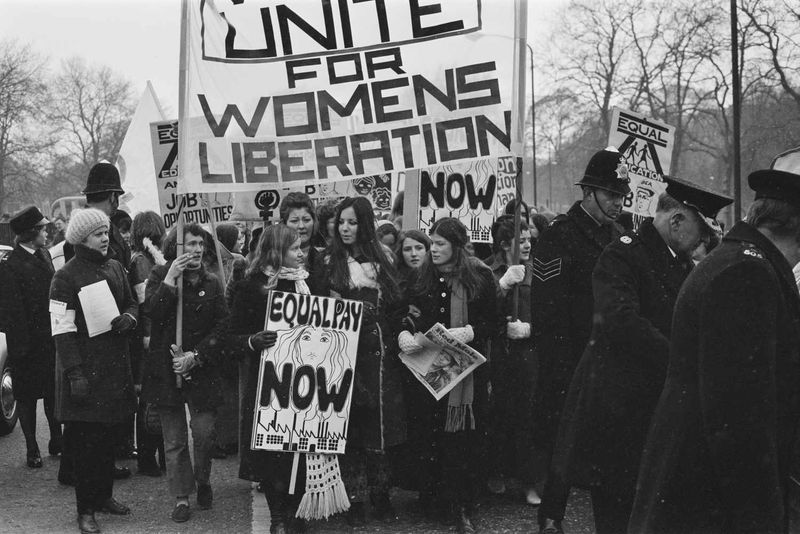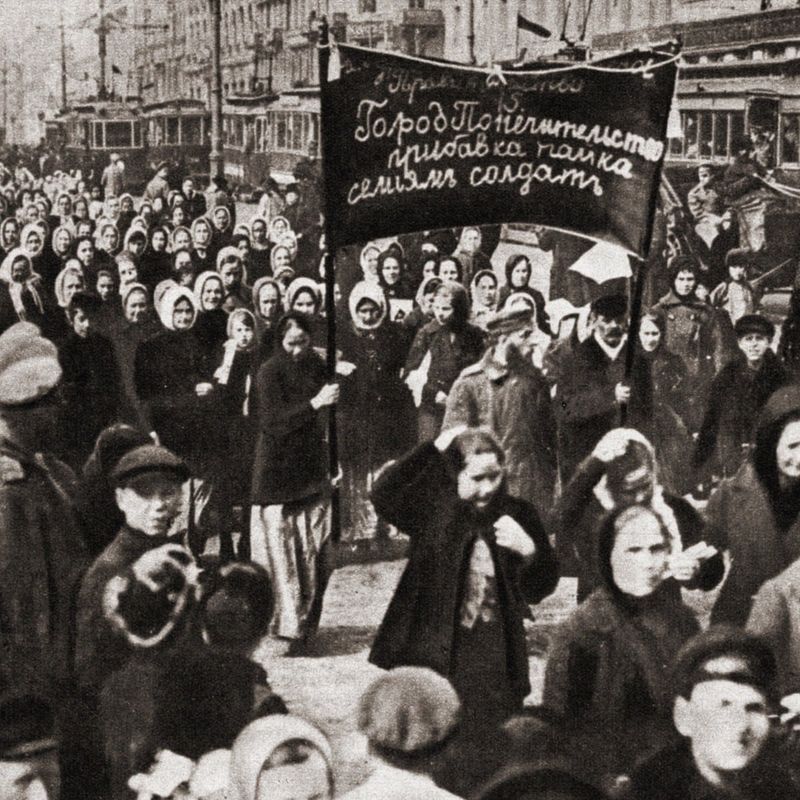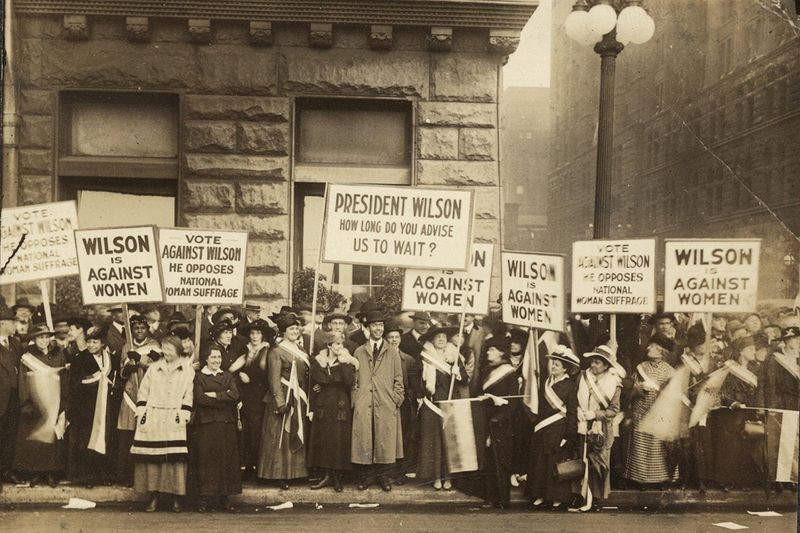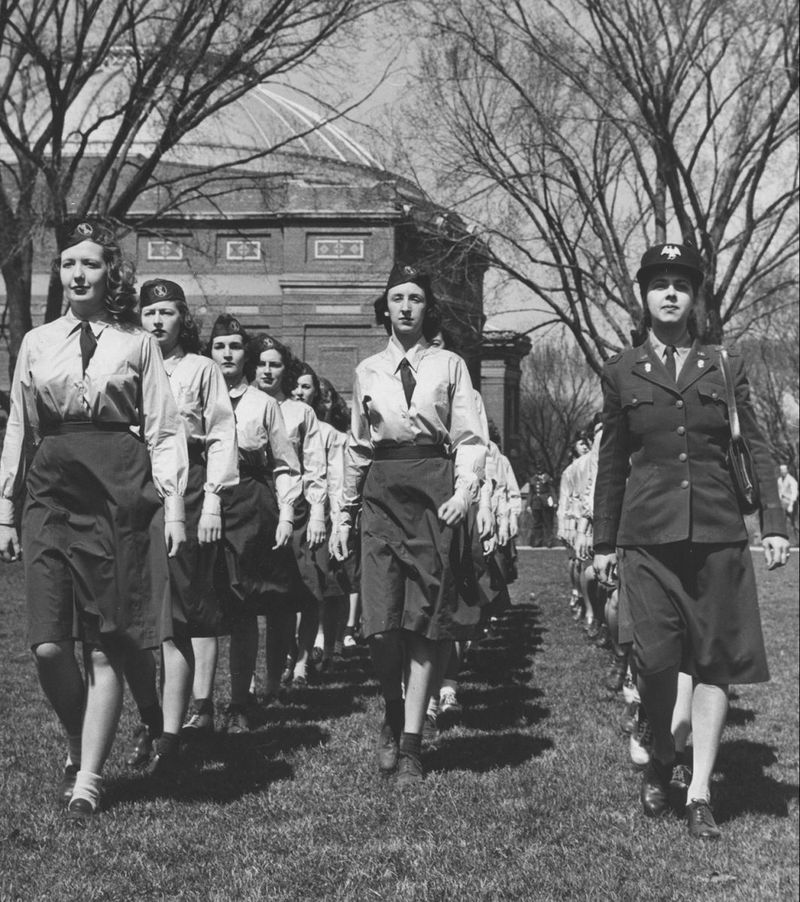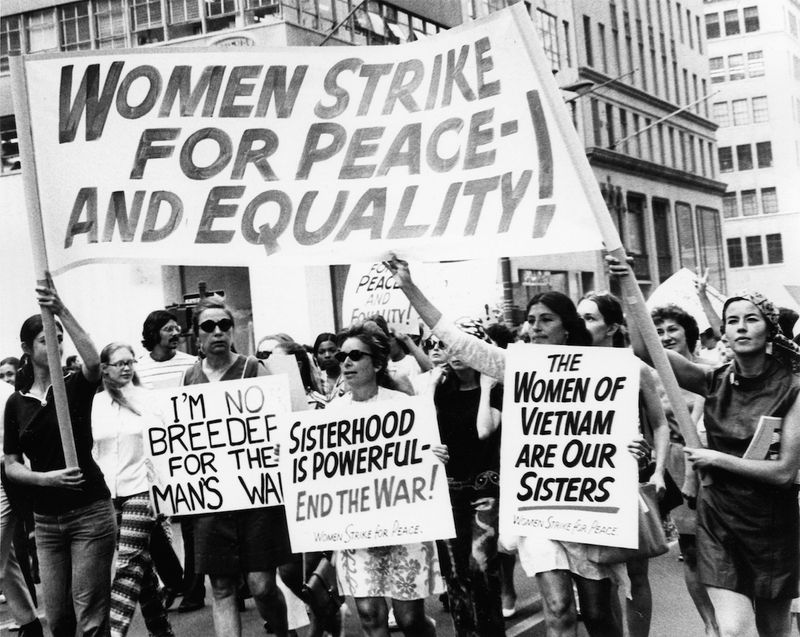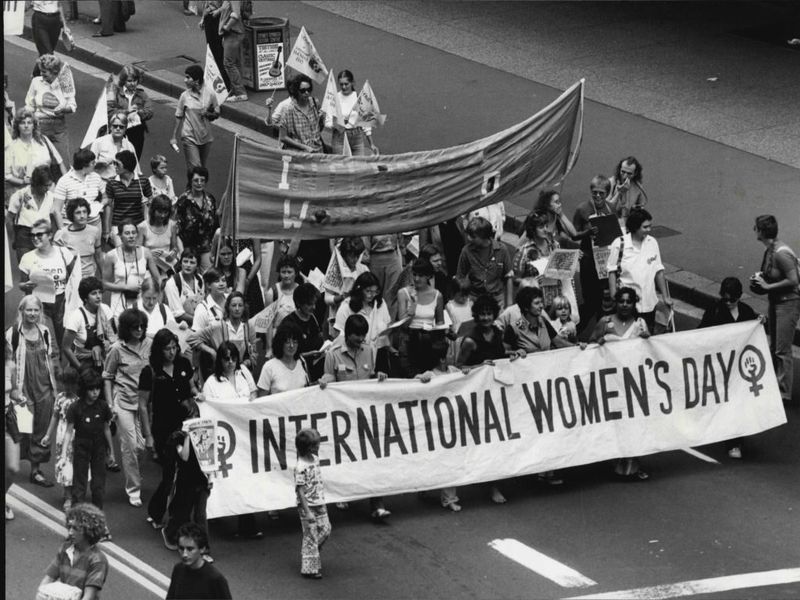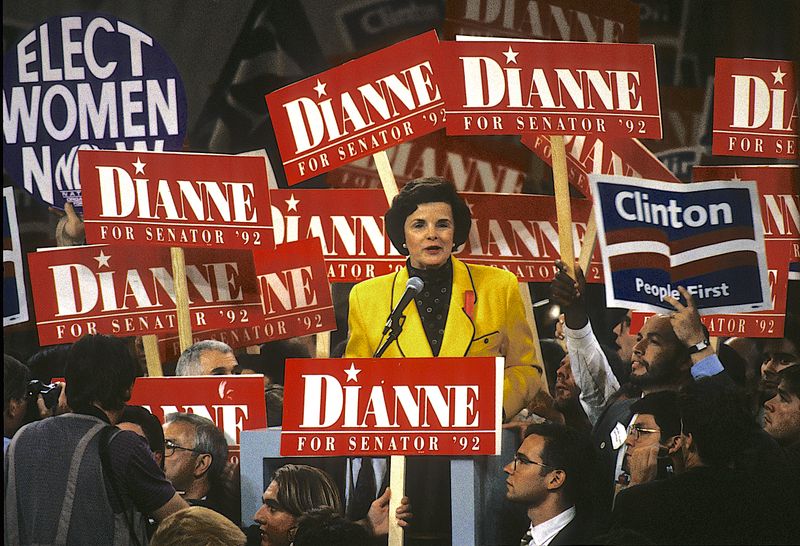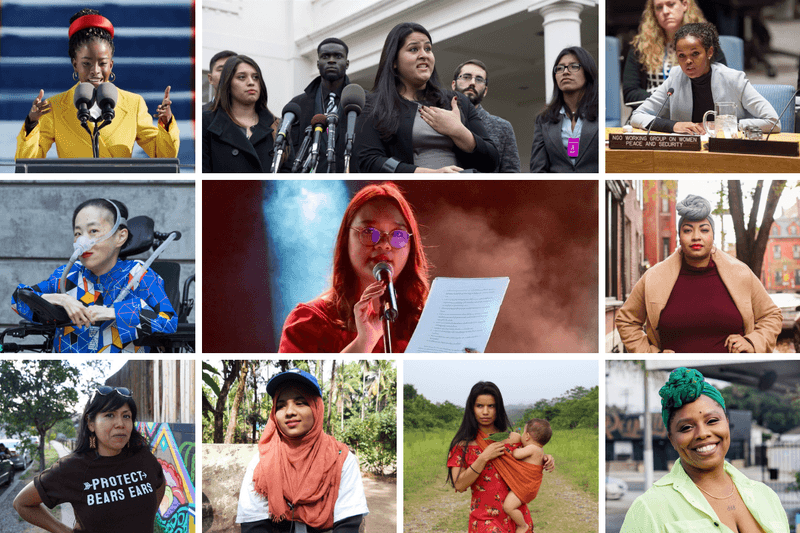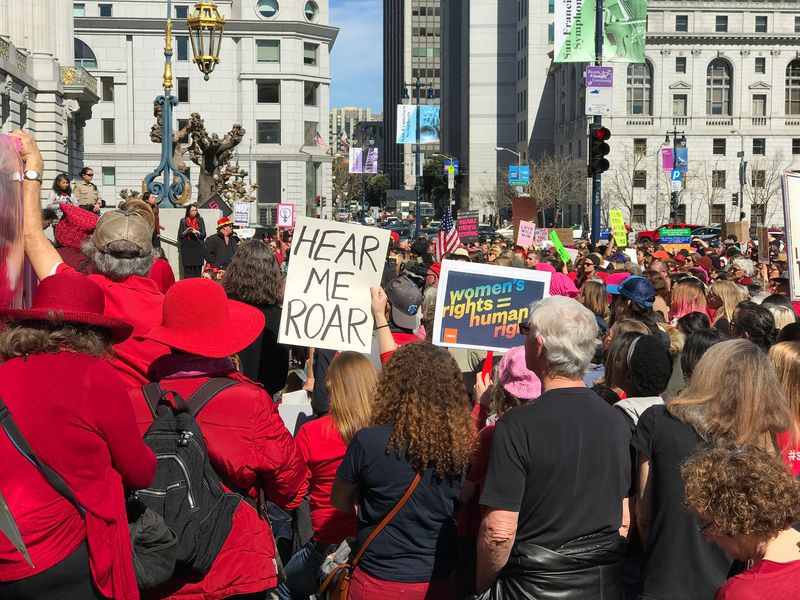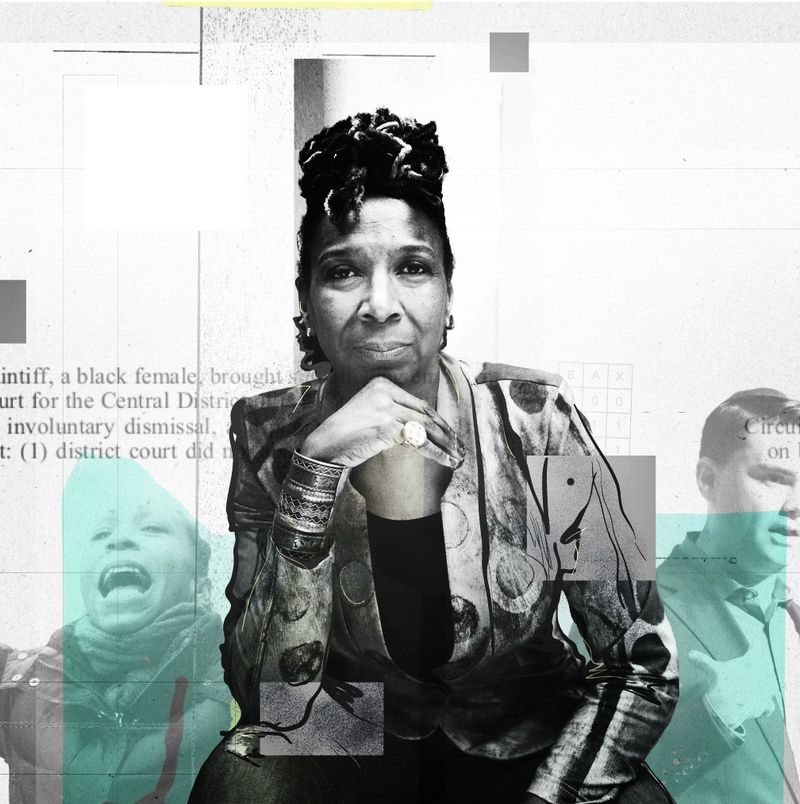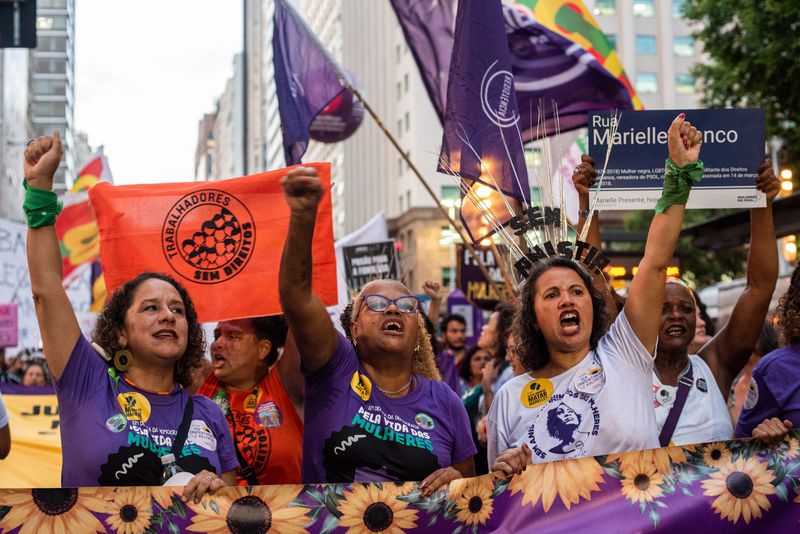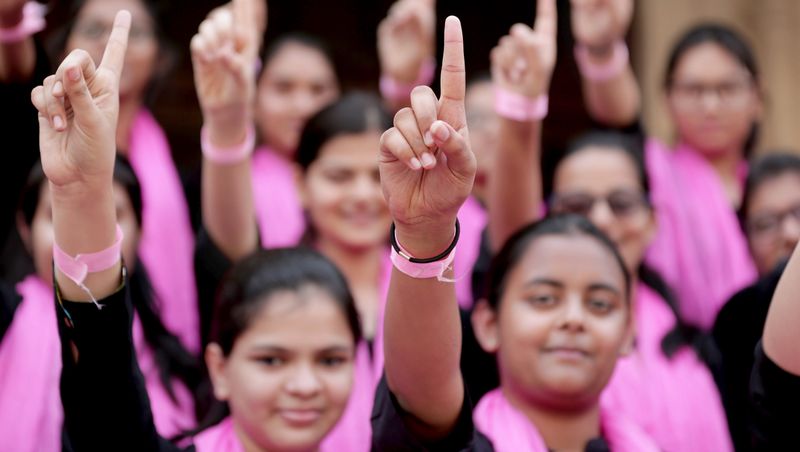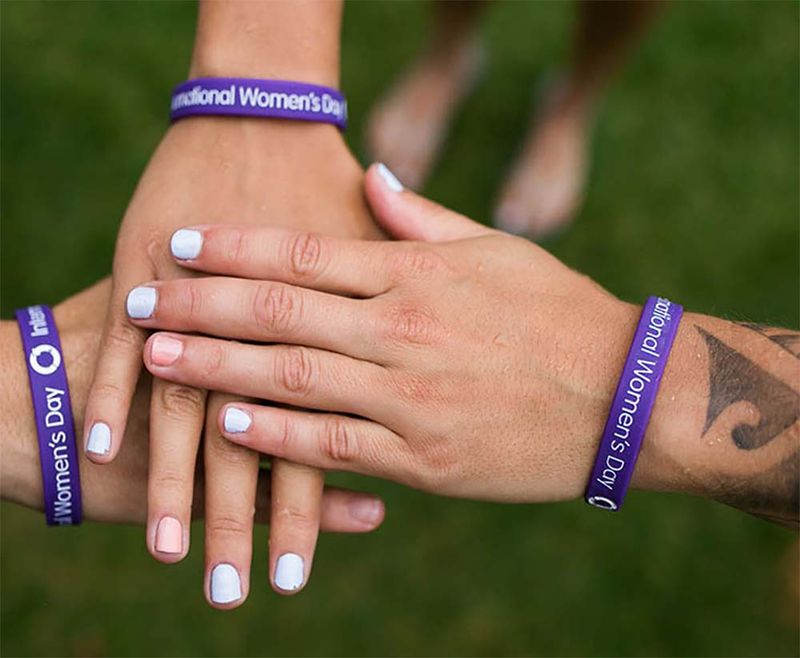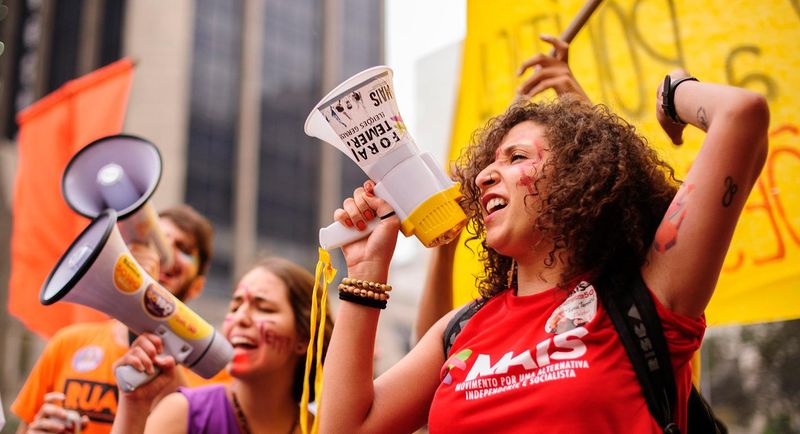International Women’s Day (IWD) has a rich history marked by pivotal events that have propelled gender equality efforts across the globe.
From its inception in the early 20th century to its current role as a platform for major policy announcements, each milestone has contributed significantly to the cause.
This blog post explores 15 iconic moments that have shaped IWD into the powerful movement it is today.
1. Clara Zetkin’s Proposal (1910)
In 1910, Clara Zetkin, a fervent advocate for women’s rights, stood before the International Socialist Women’s Conference in Copenhagen. She proposed a day dedicated to advancing women’s rights globally.
Her stirring words laid the groundwork for what would become International Women’s Day. Zetkin’s vision was to create a unified front for women worldwide, addressing issues of suffrage and equality.
Her proposal was met with enthusiasm, capturing the spirit of a burgeoning movement. This moment was crucial in rallying women to fight collectively for their rights, setting the stage for future celebrations and campaigns.
2. The First Celebration (1911)
March 19, 1911, marked the first official celebration of International Women’s Day. In Austria, Denmark, Germany, and Switzerland, women gathered to demand voting rights, better working conditions, and gender equality.
The streets were filled with determined faces, banners held high, as women from all walks of life united in their cause. This inaugural celebration was more than just a gathering; it was a powerful statement of unity and determination.
The event laid a robust foundation for future observances, highlighting the collective strength and resilience of women advocating for justice and equality.
3. Russian Women’s Uprising (1917)
On March 8, 1917, in the midst of World War I, Russian women took to the streets of Petrograd. Their demands for “bread and peace” echoed throughout the city, sparking a massive uprising.
These courageous women, driven by desperation and hope, played a key role in the larger revolutionary movement that ultimately led to the abdication of Tsar Nicholas II.
This pivotal moment transformed International Women’s Day into a symbol of revolutionary spirit and social change. The bravery displayed by these women inspired countless others, demonstrating the power of collective action in the face of adversity.
4. Expansion Through Early 20th Century (1920s–1940s)
Throughout the 1920s to 1940s, International Women’s Day gained momentum across Europe and North America. It became a beacon for women demanding labor rights and social justice.
These decades saw gatherings where women voiced their aspirations for a fairer society. Amidst economic depression and political upheaval, IWD served as a rallying point.
Women from diverse backgrounds came together, unified by their shared struggles and hopes. This period marked the establishment of IWD as a symbol of solidarity and empowerment, reinforcing its importance as a platform for advocating systemic change and equality.
5. Post-War Reassessment (1940s–1950s)
In the aftermath of World War II, the focus of International Women’s Day shifted. Women began to commemorate their contributions to the war effort and push for equal rights in a rapidly changing world.
The post-war era brought new challenges and opportunities, as women sought recognition and equal participation in rebuilding society. IWD became a time to reflect on past achievements and advocate for future advancements.
This reassessment highlighted the ongoing struggle for equality, emphasizing the need to honor women’s roles in shaping history and striving for a more just and equitable world.
6. Grassroots Movements Emerge (1960s–1970s)
The 1960s and 1970s witnessed a surge in grassroots movements, transforming International Women’s Day into a powerful platform for change. Local communities organized rallies and cultural events, amplifying calls for women’s liberation.
This era was characterized by vibrant activism and creativity, as women everywhere sought to break free from societal constraints. These grassroots efforts breathed new life into IWD, making it a day of celebration and activism.
The spirit of these movements resonated globally, inspiring generations to continue the fight for equality and justice. It was a time of solidarity, growth, and transformation.
7. United Nations Endorsement (1975)
In 1975, the United Nations officially recognized International Women’s Day, marking a milestone in its global significance. This endorsement standardized celebrations worldwide, linking IWD to broader human rights issues.
The UN’s involvement highlighted the importance of gender equality on an international stage, encouraging governments and organizations to take action.
This recognition was pivotal in elevating IWD’s status, giving it a prominent platform to advocate for women’s rights and social justice.
The UN’s support underscored the universal nature of the fight for gender equality, inspiring coordinated efforts across the globe to address pressing issues.
8. Feminist Resurgence (1980s–1990s)
The 1980s and 1990s marked a resurgence of feminist movements, using International Women’s Day as a vital platform. Women rallied to address political, economic, and cultural inequalities, sparking renewed energy and debate.
This period saw an expansion of the issues tackled by IWD, reflecting the evolving landscape of women’s rights. Activists used the day to galvanize support, raise awareness, and push for substantial change.
The feminist resurgence during these decades highlighted the ongoing battle against inequality and injustice, reinforcing IWD’s role as a crucial tool for advocacy and empowerment in the fight for women’s rights.
9. Digital Age Activism (2000s)
As the world entered the new millennium, International Women’s Day embraced the digital age. The rise of the internet brought IWD into the global digital arena, with online campaigns and hashtags empowering millions.
This shift expanded the reach of IWD, connecting voices from around the world. Digital platforms allowed for innovative activism, where women could share stories, mobilize support, and drive change with unprecedented speed and scope.
The digital revolution transformed IWD into an even more inclusive and accessible celebration, reflecting the power of technology in uniting and amplifying the call for gender equality.
10. Legislative Milestones Announced on IWD (2000s)
The 2000s saw International Women’s Day become a stage for announcing significant legislative milestones. Governments used the occasion to unveil key reforms and policy commitments aimed at advancing gender equality.
These announcements highlighted the day’s influence in shaping policy and inspiring change. By aligning legislative initiatives with IWD, countries emphasized their commitment to women’s rights and the importance of sustained progress.
This trend underscored the role of IWD in catalyzing political action and fostering accountability, as lawmakers and activists worked together to create a more equitable world for women and future generations.
11. Embracing Intersectionality (2010s)
In the 2010s, International Women’s Day began to embrace intersectionality, broadening the conversation to include diverse voices and experiences.
The interconnected nature of gender, race, sexuality, and class became a focal point for IWD discussions and events. Activists and communities sought to address these complex layers of identity, recognizing that true equality requires an inclusive approach.
This shift allowed for richer, more meaningful dialogues and actions, acknowledging the varied challenges faced by women worldwide.
By embracing intersectionality, IWD became a platform for holistic advocacy, striving to uplift all women, regardless of their unique backgrounds.
12. Digital Activism Takes Center Stage (2010s)
The 2010s saw digital activism take center stage on International Women’s Day. Social media became a powerful tool for connection, with viral campaigns and virtual events reaching global audiences.
Platforms like Twitter, Facebook, and Instagram allowed activists to share stories, raise awareness, and mobilize support with unprecedented reach.
Hashtags and online movements amplified the voices of those advocating for change, demonstrating the influence of digital platforms in modern activism.
This era highlighted the transformative potential of technology in the fight for gender equality, connecting women worldwide and fostering a sense of solidarity and empowerment.
13. The #BalanceForBetter Initiative (2019)
Launched by UN Women on International Women’s Day 2019, the #BalanceForBetter initiative mobilized millions to advocate for gender parity in leadership.
This campaign emphasized the importance of balanced representation across sectors, encouraging individuals and organizations to champion equality.
The message resonated globally, inspiring actions and conversations about the need for systemic change. By promoting gender balance, the initiative sought to create a more equitable world where everyone’s contributions are valued.
The campaign’s success underscored the power of collective action and the ongoing commitment to advancing gender equality, highlighting the role of IWD as a catalyst for progress.
14. Policy and Global Impact (Recent Years)
In recent years, International Women’s Day has become a prominent platform for significant policy announcements and global impact.
Corporate commitments, international summits, and governmental policy changes have been unveiled on this day. These developments highlight the growing recognition of IWD’s influence in advancing systemic gender equality.
By aligning strategic decisions with IWD, leaders showcase their dedication to creating a more equitable world.
This trend illustrates the ongoing relevance of IWD as a tool for accountability and change, inspiring efforts at all levels to address gender disparities and promote justice and equality across the globe.
15. Highlighting Women’s Resilience During Crises (2020–Present)
Amid challenges like the COVID-19 pandemic, International Women’s Day has spotlighted the resilience and critical role of women in crisis response and recovery.
Women worldwide have been at the forefront of healthcare, education, and community support, demonstrating remarkable strength and leadership. IWD events have highlighted these contributions, calling for increased support and recognition.
The pandemic underscored the need for gender-sensitive policies and initiatives, emphasizing the importance of empowering women in times of upheaval.
This focus on resilience has reinforced IWD’s role as a platform for advocating change, inspiring efforts to build a more just and supportive world.
